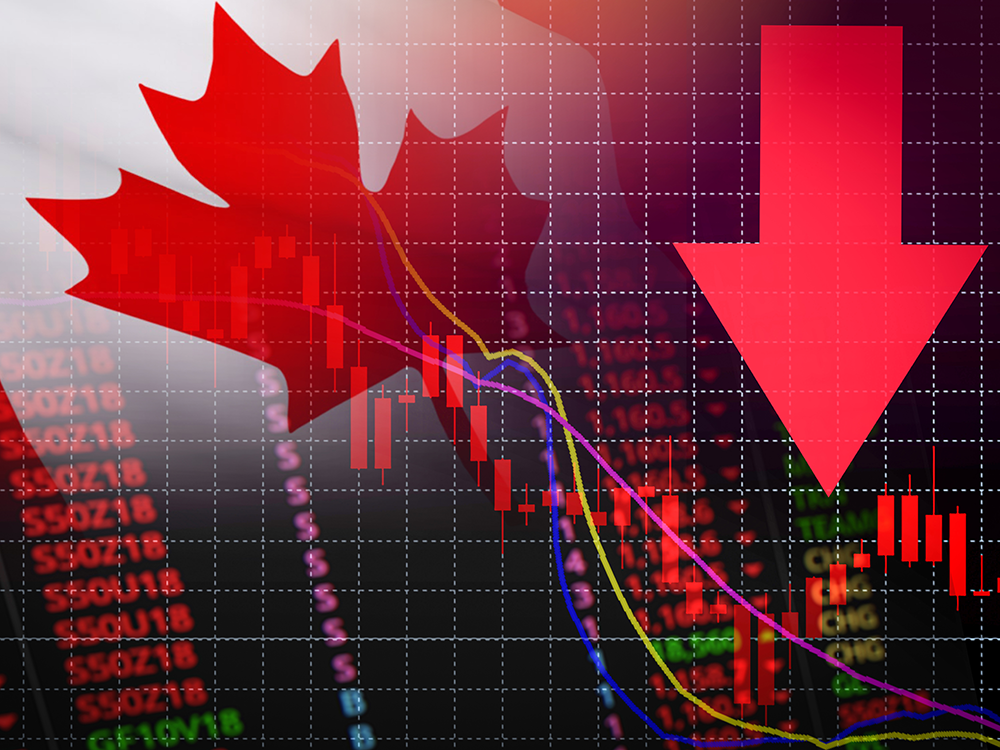Article content
A recession will take hold in Canada in the first quarter of 2023, sooner than it initially predicted, economists at Canada’s largest bank said Wednesday.
Article content
Royal Bank made waves in July when its economics shop became the first on Bay Street to forecast a recession. Claire Fan and Nathan Janzen originally predicted the downturn would come in the second quarter, but in a new report they said various factors will “hasten the arrival of a recession in Canada,” including rising interest rates.
Article content
“Cracks are forming in Canada’s economy,” Fan and Janzen wrote.
Housing markets have cooled significantly and although the labour market remains strong, posting an unemployment rate of 5.2 per cent in September, signs of weakness have appeared including a loss of 92,000 positions over the past four months.
However, interest rates will play the most “significant” role in the economy’s trajectory, the authors wrote. They forecast the Bank of Canada will raise its benchmark lending rate to four per cent from 3.25 per cent currently before pausing rate hikes in late 2022.
Article content
The United States, they said, will continue hiking through the rest of the year — to between 4.5 per cent and 4.75 per cent — before taking a breather early next year. The higher borrowing costs will create headwinds that the economy won’t be able to push through, Fan and Janzen wrote.
Of course, the central banks’ actions depend on inflation. In Canada, the headline number sits at seven per cent, off the four-decade high of 8.1 per cent in June, but still well above the Bank of Canada’s target of two per cent.
“More stubborn inflation trends over the coming months could yet prompt additional hikes, and a potentially larger decline in household consumption and a deeper recession,” Fan and Janzen wrote.
The pair calculated that $3,000 in average purchasing power will be lost next year because of higher borrowing costs and the higher cost of living. That means households will have less cash on hand to drive growth.

